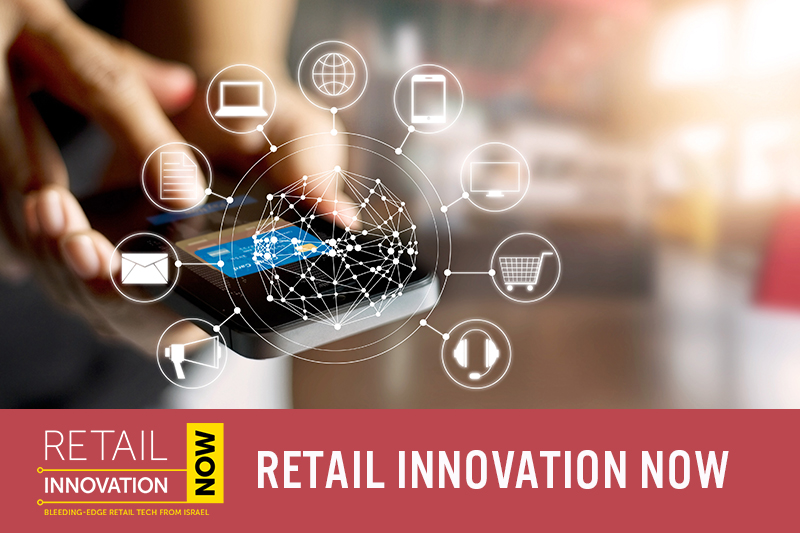
Nitheesh NH
On September 24, Coresight Research’s London team attended Retail Innovation Now. The event—organized by sales and marketing agency McDonald Butler and Associates and the Retail Innovation Club Israel—aimed to showcase innovative retail technology to the leading UK retailers that attended.
The event saw the participation of 17 emerging retail technology companies based in Israel: CB4, Market Beyond, Mmuze, MySize, Namogoo, Personali, Preciate, RFKeeper, Riskified, Splitit, Sonarax, Suoerup, Supersmart, Syte, Trax, Vayyar and Yoobic.
The day featured presentations by Kate Ancketill, CEO of GDR Creative Intelligence; Ariel Cohen, Retail and E-Commerce Domain Manager at Deloitte; and Coresight Research analyst Filippo Battaini, who introduced the top ten trends that are reshaping retail in 2019 and beyond. Helen Dickinson, CEO at the British Retail Consortium, concluded the event with a speech on the role of the UK government in supporting British retail.
Five Retail Challenges for 2025
Ancketill detailed five main challenges that will face the retail sector in the future.
 Coresight Research analyst Filippo Battaini presents at Retail innovation Now
Coresight Research analyst Filippo Battaini presents at Retail innovation Now
Source: Coresight Research[/caption] These trends include spectacular retail, with a greater emphasis on flagship stores; customer engagement and personalization; and flexible retail, which covers shorter leases and temporary stores. Meanwhile, “New Retail” and “Boundaryless Retail” approaches will see the integration of online and offline models that puts the consumer at the center. Other trends include frictionless retail, such as last-mile delivery and fully automated stores; the role of artificial intelligence in retail; the impact of rising consumer awareness around sustainability; and the emphasis that retailers are placing on inclusivity, which incorporates previously underserved markets such as adaptive apparel.
- Sustainability will become a factor that retailers will have to confront. There is increasing awareness among consumers about the impact of what they buy on the environment, and retailers need to make sure their products and operations are sustainable.
- We are seeing a “servicification” of retail, where customer experience is becoming more important than the product itself. Convenience, speed of delivery and easy return options are becoming the key factors that the shopper considers when deciding where to shop.
- There is an emerging trend toward “platformation” of the store, where digital and physical components integrate. The store is going beyond being a sales channel; it is developing into a concept similar to an online platform where shoppers can interact through technology such as smartphones for personalization and enhanced shopping experience.
- Urbanization gives rise to new possibilities for retailers to serve very densely populated geographical areas with services such as same-day delivery, which is unpractical in geographies with a scattered population.
- Finally, the growing frequency of cataclysmic events is leading to retailers needing to plan for occurrences such as economic recessions or extreme weather conditions.
 Coresight Research analyst Filippo Battaini presents at Retail innovation Now
Coresight Research analyst Filippo Battaini presents at Retail innovation NowSource: Coresight Research[/caption] These trends include spectacular retail, with a greater emphasis on flagship stores; customer engagement and personalization; and flexible retail, which covers shorter leases and temporary stores. Meanwhile, “New Retail” and “Boundaryless Retail” approaches will see the integration of online and offline models that puts the consumer at the center. Other trends include frictionless retail, such as last-mile delivery and fully automated stores; the role of artificial intelligence in retail; the impact of rising consumer awareness around sustainability; and the emphasis that retailers are placing on inclusivity, which incorporates previously underserved markets such as adaptive apparel.